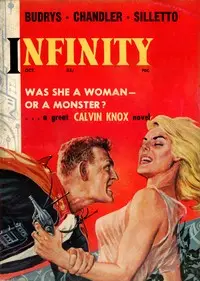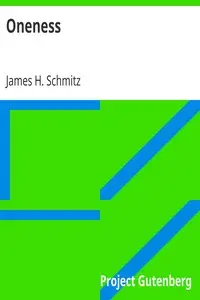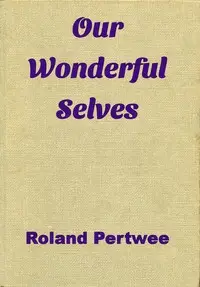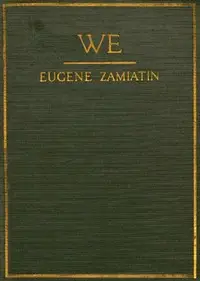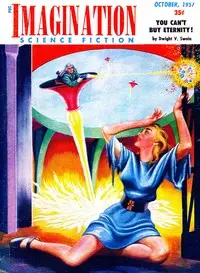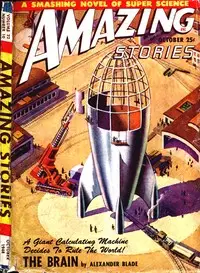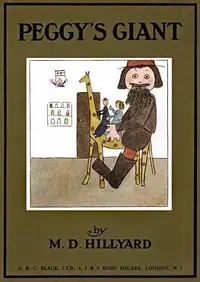"Anthem" by Ayn Rand is a story that takes place in a grim future where everyone must think and act the same, crushing any sense of being an individual. The main character, Equality 7-2521, finds it hard to fit in because he's different – he's smarter and taller than everyone else. He secretly writes down his thoughts, which is against the rules, showing how much he wants to be free and think for himself. The book starts with him feeling guilty and alone because he's not like the others and this sets the stage for him to fight back against a world that wants everyone to be the same. He wants to learn and make his own choices, highlighting the book's big ideas about being yourself versus being forced to be part of a group.

Anthem
By Ayn Rand
In a world demanding absolute conformity, one man's forbidden thoughts ignite a rebellion against the chains of collectivism.
Summary
About the AuthorAlice O'Connor, better known by her pen name Ayn Rand, was a Russian-born American author and philosopher. She is known for her fiction and for developing a philosophical system she named Objectivism. Born and educated in Russia, she moved to the United States in 1926. After two early novels that were initially unsuccessful and two Broadway plays, Rand achieved fame with her 1943 novel The Fountainhead. In 1957, she published her best-selling work, the novel Atlas Shrugged. Afterward, until her death in 1982, she turned to non-fiction to promote her philosophy, publishing her own periodicals and releasing several collections of essays.
Alice O'Connor, better known by her pen name Ayn Rand, was a Russian-born American author and philosopher. She is known for her fiction and for developing a philosophical system she named Objectivism. Born and educated in Russia, she moved to the United States in 1926. After two early novels that were initially unsuccessful and two Broadway plays, Rand achieved fame with her 1943 novel The Fountainhead. In 1957, she published her best-selling work, the novel Atlas Shrugged. Afterward, until her death in 1982, she turned to non-fiction to promote her philosophy, publishing her own periodicals and releasing several collections of essays.

